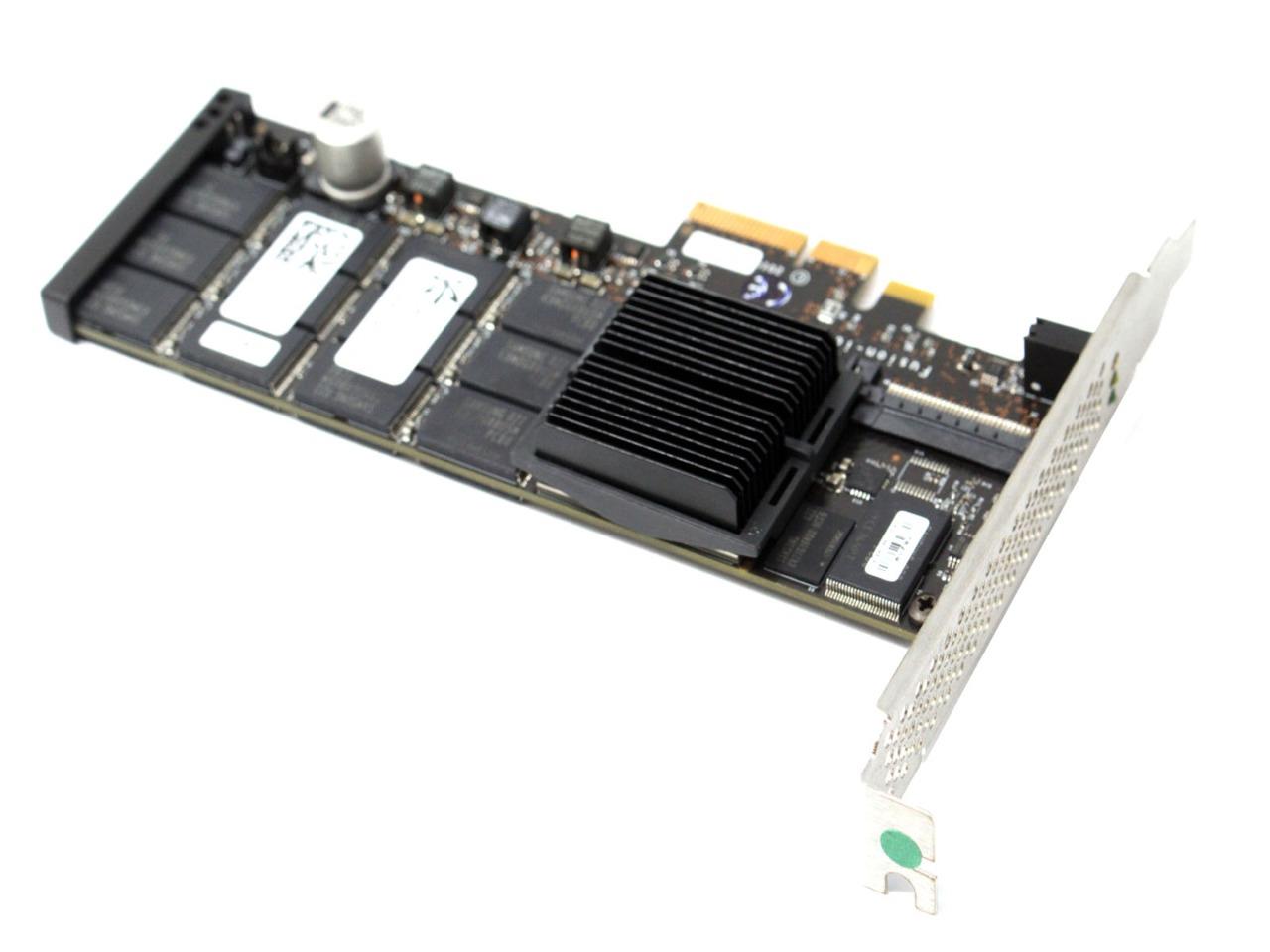- Dell Fusion Io Drivers Updater
- Dell Fusion Io Drivers Installer
- Dell Fusion Io Drivers Ed
- Dell Fusion Io Drivers Driver
- Dell Fusion Io Driver Download
- Dell Fusion Io Drivers Download
| Please note that this article / this category refers either on older software / hardware components or is no longer maintained for other reasons. This page is no longer updated and is purely for reference purposes still here in the archive available. |
|---|
Just like SSDs, a Fusion-io ioDrive uses flash memory chips in the background to store data. If you want to use a previously used ioDrive for a new purpose, you can perform a low-level format of the ioDrive before creating the file system. This increases the overall possible performance for further operation. But by doing so, all data of the ioDrive will be lost. With SSDs you have similar options - please see SSD Secure Erase.
fio-detach

I spent 2 days trying to figure out how to install a SSD Fusion IO HP 320GB PCIe ioDrive MLC IO Accelerator into my Dell Poweredge T620. I went on the HP website for drivers and firmware update and nothing. ESX 5.5 ships with fusion-io drivers already installed, though I forget which version. You'll want to do an esx software vib list, find it, then remove the built-in driver. I'd get the latest drivers from sandisk's site that match the latest firmware you can get from IBM.
Before you perform a low-level format, you must release the corresponding device using fio-detach. The respective device name can be identified as fio-status:
fio-format
Now you can run fio-format:

fio-attach
Then you can reattach the device again:
Device is Activated
The device is now activated. You can see the name of the block device in fio-status or /proc/partitions (in this case, the device /dev/fioa):
Additional Information
- Tuning Techniques for Writes (Fusion-io Knowledge Base)
This article was last updated April 2011.
Dell Fusion Io Drivers Updater
Any time the kernel is upgraded, you’ll need to recompile and reinstall the drivers. As such, it is important to plan your kernel upgrades in advance and perform testing after the first boot using a new kernel.
If you are an IBM customer using IBM High IOPS adapters, please refer instead to the latest IBM documentation, drivers and firmware located at IBM Fix Central.
The 2.3.x driver builds and runs on a much wider range of kernels than the 1.2.x driver series. It accomplishes this using a new portability layer to abstract itself away from the operating system internals. By following the procedure below, you will obtain a working driver, built for the specific kernel running on your system.
Follow the instructions based on the version of your driver.
Building the Fusion-io Drivers From Source
To view a step-by-step screencast of this process, click here.
Before beginning, download the ioDrive driver source rpm for RHEL from the Dell Fusion-io support site to a temporary directory. At minimum, you’ll need the latest version of the following packages:
- fio-common
- fio-firmware
- fio-sysvinit
- fio-util
- iomemory-vsl
- libfio
Here’s a screenshot showing the packages that need to be downloaded.
Remove prior versions of the ioDrive driver rpm
For Red Hat Enterprise 5, install the gcc 4.x and kernel-devel packages for your current kernel. The kernel-headers package is also needed, but is typically installed as part of the base operating system.
Change to the directory where you downloaded the ioDrive driver source RPM and begin the rebuild process.
Install the newly-built drivers.
Dell Fusion Io Drivers Installer
Check the status of the ioDrive(s):
Upgrading the Fusion-io Firmware
In the previous section, you should have already downloaded and installed the latest firmware package. If not, you may download the fio-firmware package from the Fusion-io Support website to proceed. Once the firmware package is installed, it needs to be applied to the cards.
To upgrade the firmware:
Watch the output of the upgrade process and reboot when complete.

Update the Fusion-io Init Scripts
Dell Fusion Io Drivers Ed
Uncomment the blacklist line:
Backup /etc/fstab, and modify it to add “noauto 0 0” to the datavg filesystems:
Dell Fusion Io Drivers Driver
Example:
Dell Fusion Io Driver Download
Uncomment “ENABLED=1” in /etc/sysconfig/iomemory-vsl to enable init script:
In the same /etc/sysconfig/iomemory-vsl file, add the RAID array(s) and mount points. For example:
Dell Fusion Io Drivers Download
Enable the init script: